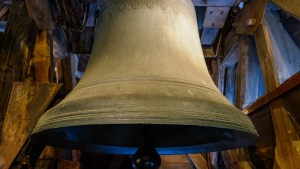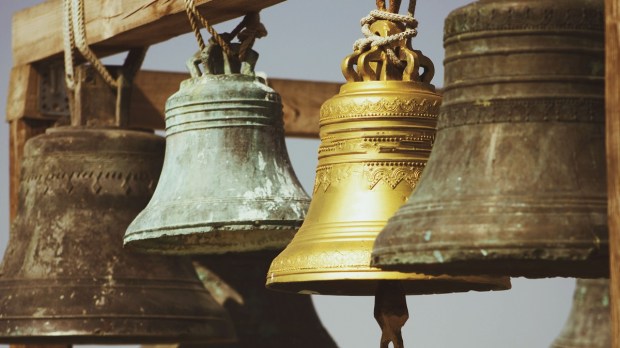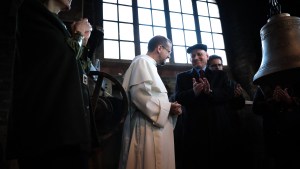For many of us, the iconic metallic sound of church bells is a comforting reminder of the presence of God amid the stress of modern life. Indeed, for thousands of years the sound of bells ringing has called people to take a step back from their day to day life to connect with rituals, prayers, and celebrations. But where do bells come from?
The earliest evidence of bells was found in China where they were probably used to gather people for specific moments of the day, like meals or prayers. In the Western world, bells were used in ancient Greece and Rome to signal key moments of civic life, such as the opening of markets and the arrival of rulers.
With the advent of Christianity, bells started to be used to call the faithful to prayer. Church bells were initially made of wrought iron but over time craftsmen started to select the best alloys based on the type of sound that could be created.
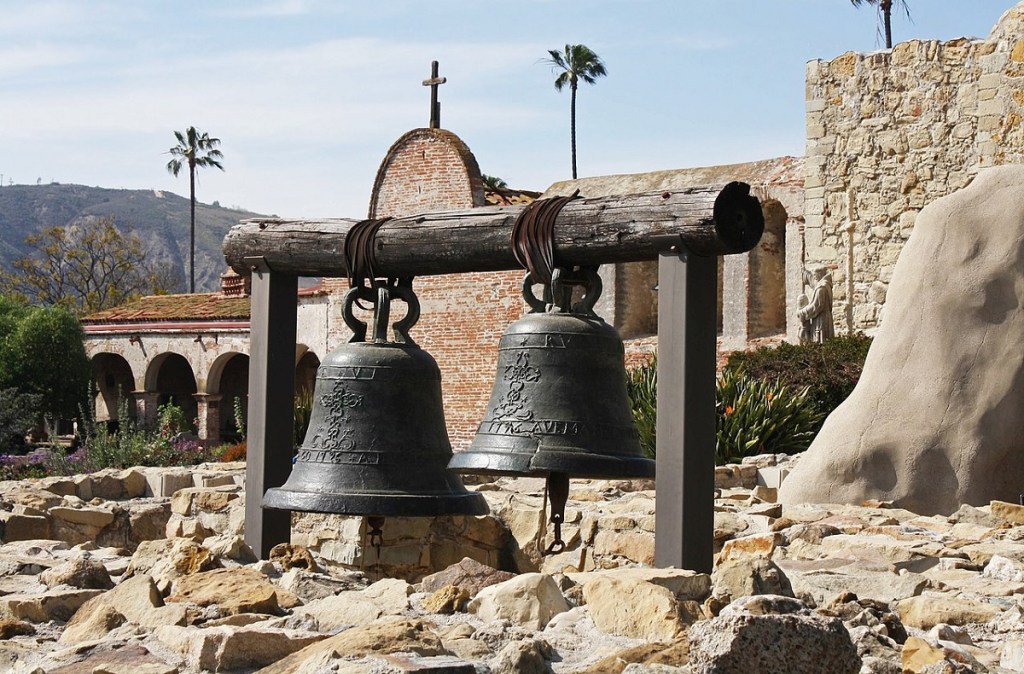
During the Middle Ages, special alloys emerged as the material of choice to craft church bells. That’s when “bell metal,” a special alloy of copper and tin, was created. For centuries, foundries across Europe specialized in making this special material to create the iconic bell sound that now defines the soundscape of many of our cities and towns.
The city of Agnone, in southern Italy, has served as the bell capital of Europe for nearly a thousand years. The hilltop town used to host dozens of family-run foundries. One of them survives to this day. Founded by the Marinelli family 800 years ago, the Fonderia Marinelli has been making bells since at least the 12th century.
Oral traditions mention the foundry making bells as early as year 1000, but definite evidence goes back to 1339 when Nicodemus Marinelli, known as “Campanarus” or “Bellflower,” cast a 200-kg (440-lb) bell for a church in the town of Frosinate. Since then the foundry has been making bells for churches all around Europe, including the Vatican and the Leaning Tower of Pisa, according to elaborate techniques that have been transmitted from a generation of artisans to the next.
In 1924, Pope Pius XI allowed the centuries-old foundry to use the papal coat of arms to mark its creations, thus making it an official “Papal foundry.” Production only stopped during World War II, when the foundry was occupied by German troops who melted bells to make weapons. Luckily, by 1949 the foundry was back at work, crafting bells for the reconstruction of the Montecassino Abbey.
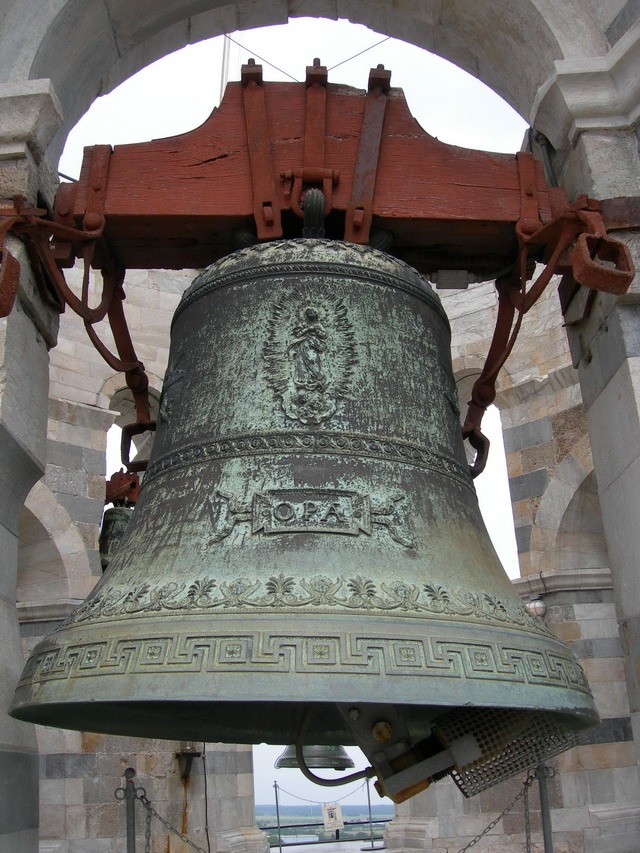
Making a bell is a complex process that requires teams of blacksmiths, foundry workers and artists. Production used to take several months, but today it can take as little as two months. In order to guarantee a beautiful sounding bell, craftsmen need to make sure that the width, weight, and height of the bell follow certain proportions. This concept was first outlined in the 1608 (reprinted in 1664) manual of bell scale, “De Tintinnabulis,” which is considered to be the “bellmaker’s bible.” A copy of the manuscript is now kept in the foundry’s museum.
The first step for the creation of a bell is the rendering of the bell’s “soul,” a brick mold in the shape of the bell. This “soul” is then covered in clay to recreate the exact thickness of the bell and then heated. This interior structure acts as a kiln during the heating phase, allowing wax to melt. The mantle is then raised to remove the mold in order to create a cavity where the bronze will be poured.
The next step is to place the mold inside the furnace in order to start casting the bell. At the Marinelli foundry, the start of the casting phase is usually accompanied by the invocation of the Virgin Mary.
When a bell is finally cast the “sound check” phase starts, with experts checking the vibrations of the bell with a tuning fork as a reference.
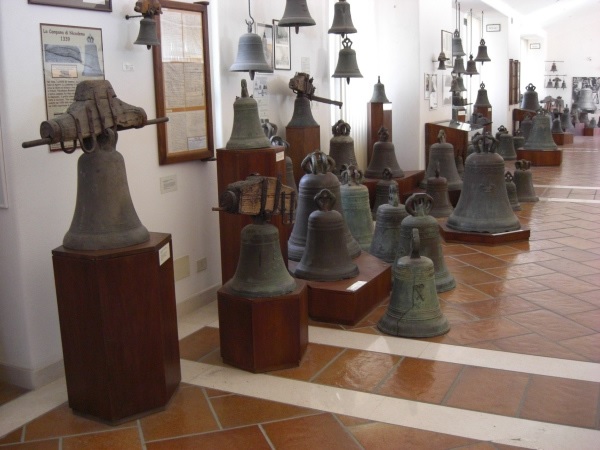
Over the course of its centuries-old history Fonderie Marinelli has crafted bells that came to define key moments of Catholic life, including a bell gifted by Pope St. John Paul II to the United Nations, as well as the bell he used to mark the start of the year 2000 Jubilee. Pope Francis also used a Marinelli bell to mark the start of the 2016 Extraordinary Jubilee of Mercy.
Visitors to Agnone can tour the foundry as well as its well stocked foundry’s museum, called “Museum of Bells,” which hosts a bell cast in Agnone a thousand years ago and other well preserved historic bells.
Visitors can even buy small bells that can be personalized with initials or symbols. Agnone can be reached from Rome by car (approximately 3 hours) or by train from Rome to Isernia, which is connected to Agnone by a local bus.
Visit the Marinelli official website to learn more.
